
Obituary | Mar 02,2024
Sep 20 , 2025
By Yemanebrhan Kiros
As Ethiopia steps into the GERD era, the focus shifts from construction to consumption. The skills honed and unity forged in building the Dam may become the foundation for future infrastructure, including solar and geothermal projects, and beyond. For now, a country watches, hoping that each new kilowatt lights beyond homes. It may power dreams of transformation.
The Grand Ethiopian Renaissance Dam (GERD) is finally ready for full operation, with an installed generation capacity of 5,100MW. For Ethiopians, this milestone is more than a construction project. It is the realisation of a national dream, one that has catapulted the country into the ranks of countries hosting not only the largest hydroelectric dam in Africa, but also one of the 17 biggest hydropower projects in the world.
The completion of the GERD is being celebrated across the country and beyond, but a new set of questions quickly follows. The promise of the Dam is not only about size, but about potential. Now that Ethiopia has doubled its installed generation capacity, the critical issue is how this surge in energy will be used.
Does it mean lower electricity prices for households? Will it be the key to building better infrastructure and modern transportation powered by reliable energy? Or is the real value in energy exports, earning the foreign exchange to pay for even more national development?
At the government level, these questions have likely been considered for some time, but among the broader public, there is a need for clarity and open debate.
What does Ethiopia really want from the GERD? Is the aim to attract foreign investment, encourage industrial growth, and create jobs through an abundant supply of clean and renewable energy? Should the Dam be marketed as an advantage to investors, especially those concerned with sustainability and carbon footprints?
The country should be prepared for rapid changes. History shows that when new energy becomes available, demand often follows swiftly. What seems like surplus power can quickly become a scarce resource once again if not managed with foresight and efficiency, which is key. If the promise of the GERD is to be realised, attention should shift from simply generating power to using it wisely. The risk, as with many large-scale hydro projects, is that unless investments match the new capacity in distribution networks and industrial capacity, much of the electricity could go to waste.
Every link in the chain matters. The distribution lines need to be modernised, the grid upgraded, and energy use made as efficient as possible. As the old saying goes, a chain is only as strong as its weakest link.
GERD also raises questions about future investment and sustainability.
What comes next after GERD? How will Ethiopia protect this investment, especially from the threat of siltation and sedimentation, a common problem for dams worldwide?
The spectre of environmental risks remains, and Egypt’s longstanding concerns over water security have not vanished. For Egypt, the completion of GERD is not only a hydropower story. It also raises the possibility that Ethiopia, emboldened by its success, could embark on further projects on the Nile River, perhaps even large-scale irrigation.
But from an Ethiopian perspective, the Dam provides leverage. The potential scale of this transformation is enormous.
Ethiopia’s hydropower potential is estimated at 45,000MW, but less than 20pc of this has been developed to date. If the country were to push that figure closer to 50pc or 60pc, the implications would be profound. Not only would more energy be available for local consumption, but regional exports would soar, integrating Ethiopia more deeply with its neighbours and making it the region’s dominant power supplier. That level of economic interdependence could also have strategic benefits. Neighbouring governments might find it in their interest to see a stable and prosperous Ethiopia, reducing the incentive for regional destabilisation.
Energy exports can become a diplomatic tool, encouraging neighbouring countries to rely on Ethiopian power and, by extension, to support its stability and ambitions to become a regional energy hub. If managed effectively, this could fundamentally reshape relationships across the Horn of Africa, yielding both economic and diplomatic dividends for Ethiopia. Energy could be the source of the foreign policy of Ethiopia.
For the economy, the benefits could be immediate. Reliable and affordable energy should mean more industrial production, cheaper goods, and a smaller trade deficit as export earnings rise. Electricity accounts for 30pc to 40pc of production costs in many industries. The GERD, by providing stable power, holds the promise of lower costs, more competitive exports, and better prices for consumers at home. That, at least, is the opportunity, if the country can deliver on quality and productivity alongside its new energy resources.
GERD’s success, however, will require more than government action. The public played a decisive role in raising funds and building support for the project. That collective spirit is needed again to ensure that the benefits are widely shared, that efficiency is prioritised, and that everyone, from policymakers to elites and ordinary citizens alike, contributes ideas and oversight to the next phase. Discussion and debate should be encouraged, with experts, policymakers, and the general public all involved in shaping the future.
Energy saved through efficiency is, in a sense, as valuable as energy generated, a “virtual dam” that costs nothing to build. Efficient use of the GERD’s output will help preserve water levels in reservoirs, benefiting not only the new Dam but all of Ethiopia’s hydropower stations. These are not simply technical matters but topics for national conversation, to be discussed in parliament, on television and radio, and across social media platforms. A national project that belongs to everyone should be followed by a national debate on how best to use it.
The GERD’s promise should not be simply about power, but about building capacity for the future. It is a demonstration that Ethiopians, working together, can achieve projects of immense scale and complexity. The skills, knowledge, and confidence developed during its construction should now be applied elsewhere, to new energy sources (hydro, solar, and geothermal) and to other ambitious infrastructure projects. In that sense, GERD’s greatest gift may be intangible. It is proof that Ethiopia can dream big and deliver on its promises.
Still, there is a lingering question at the heart of all the celebrations.
Why did Ethiopia need a project of such magnitude?
The answer may lie not only in the country’s hunger for development, but in the idea that energy can be a unifying force, a catalyst for progress, and a bulwark against poverty. Used wisely, the GERD could be the lever that lifts millions out of hardship. Used precipitously, its promise could be squandered, with surplus power left unutilised and opportunities missed. There are lessons here from earlier dams, such as Gilgel Gibe, Tekeze, and Tana Beles, which have helped pave the way for GERD.
The new project should be a springboard for even greater achievements. With only a fraction of the hydropower potential tapped, the need for continued investment in infrastructure, capacity, and innovation is clear. Otherwise, the risk is that much of the electricity generated could be lost, unable to reach the industries and households that need it most. The story of the GERD is still being written. Its completion is a source of national pride, an engineering marvel that has put Ethiopia in global headlines. But the future depends on what happens next, on turning capacity into capability, on ensuring that every kilowatt-hour fuels further development, and on translating the unity and determination that built the dam into an ongoing commitment to progress.
GERD's inauguration may be the end of one chapter, but it is only the beginning of a much larger story. The challenge now is to harness its full promise through wise policy, energetic public engagement, and a shared vision of a more prosperous Ethiopia. The Dam has already changed the country’s skyline. Whether it can change its future will depend on decisions made today by government officials, industry leaders, and ordinary citizens alike.
PUBLISHED ON
Sep 20,2025 [ VOL
26 , NO
1325]
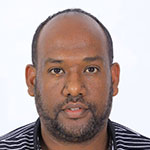

Obituary | Mar 02,2024
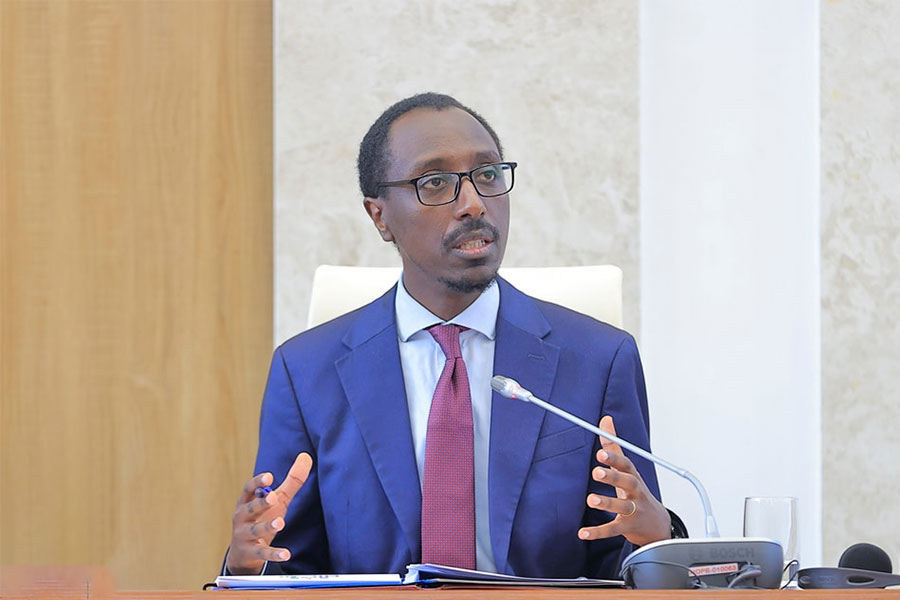
Verbatim | Jun 07,2025
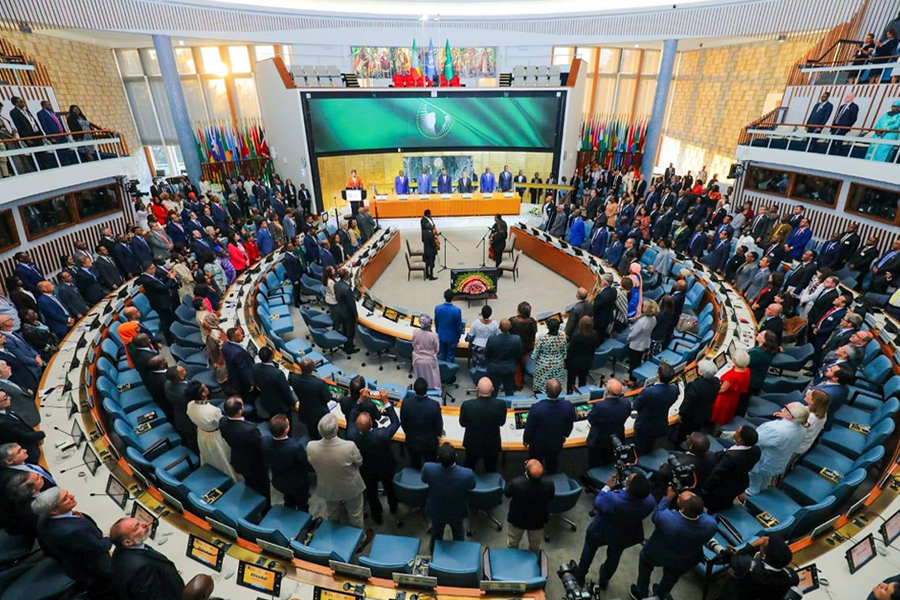
Radar | Oct 27,2024
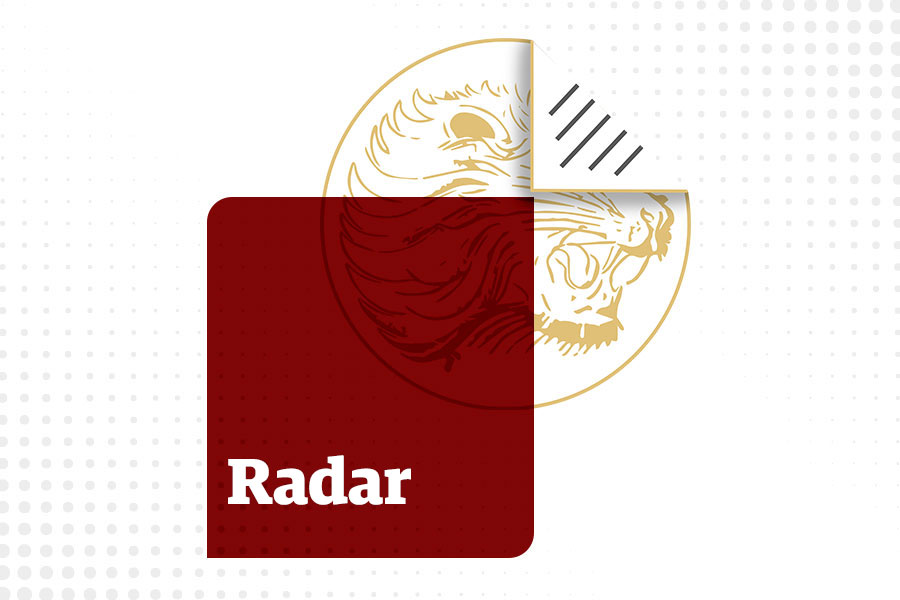
Radar | Dec 10,2018

Viewpoints | Aug 25,2024

Films Review | Jun 20,2020
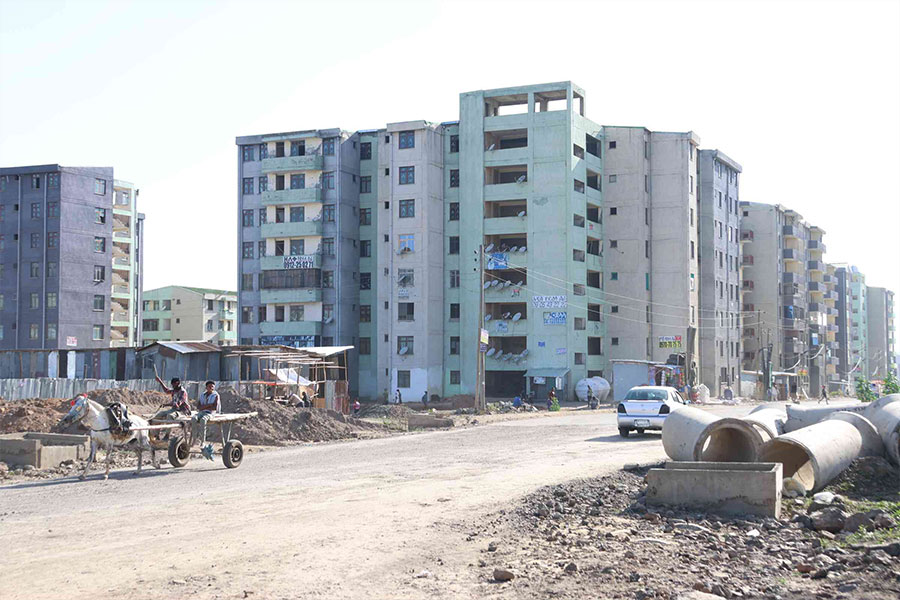
Fortune News | May 11,2025

View From Arada | Dec 02,2023
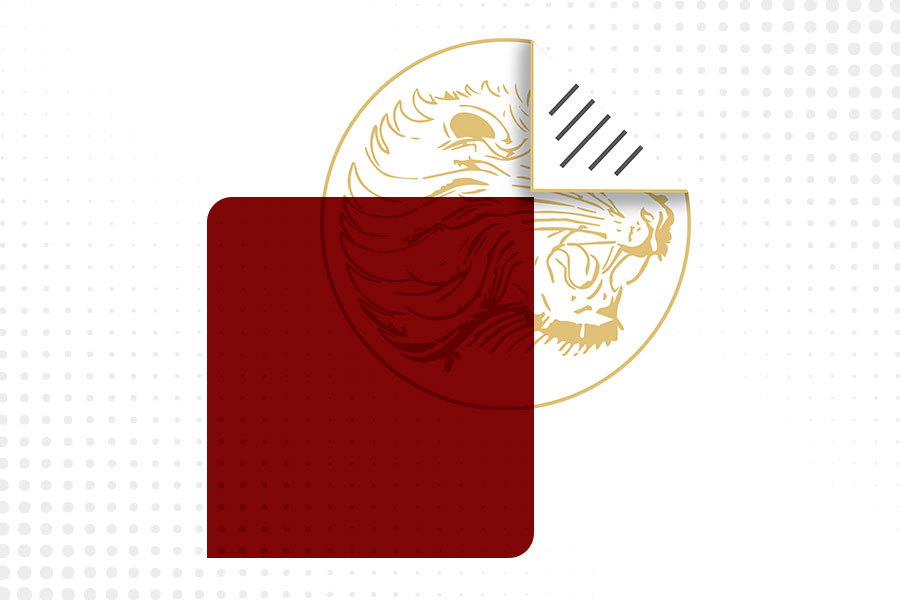
My Opinion | Jun 07,2025

Radar | Apr 15,2023

Photo Gallery | 180853 Views | May 06,2019
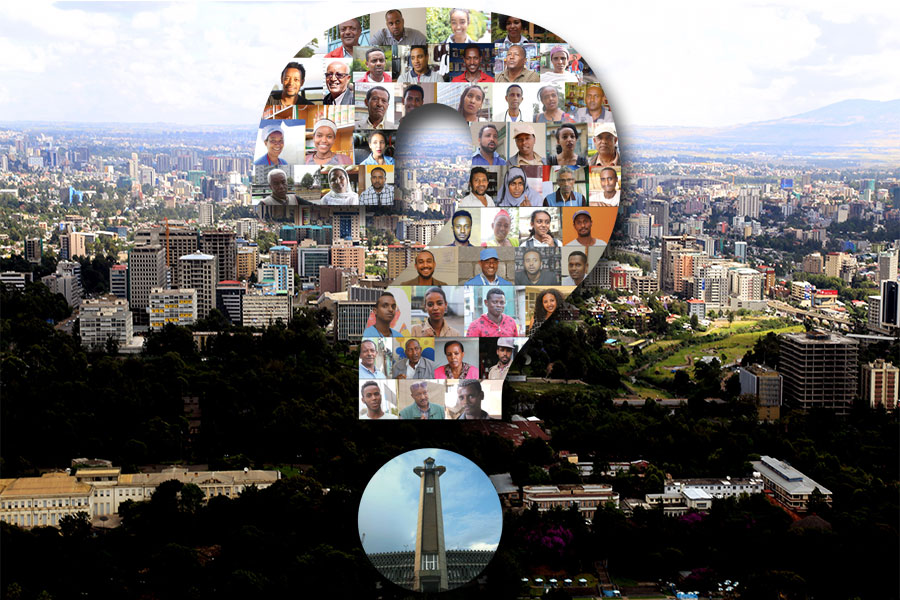
Photo Gallery | 171047 Views | Apr 26,2019
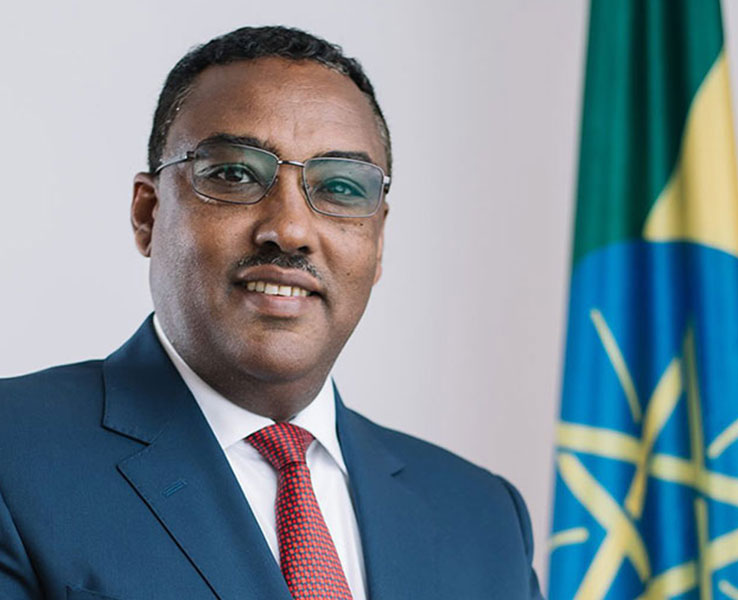
Photo Gallery | 162171 Views | Oct 06,2021

My Opinion | 137334 Views | Aug 14,2021
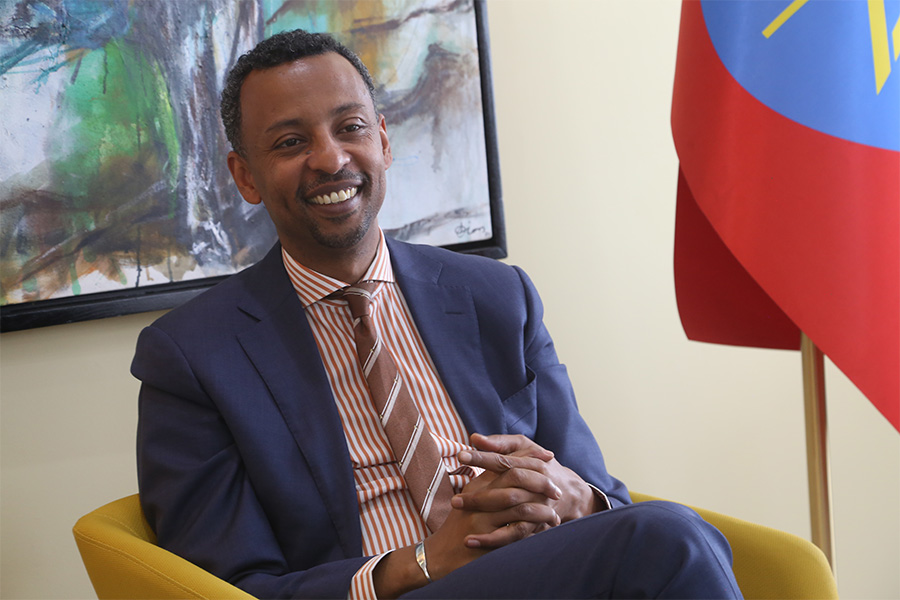
Dec 22 , 2024 . By TIZITA SHEWAFERAW
Charged with transforming colossal state-owned enterprises into modern and competitiv...
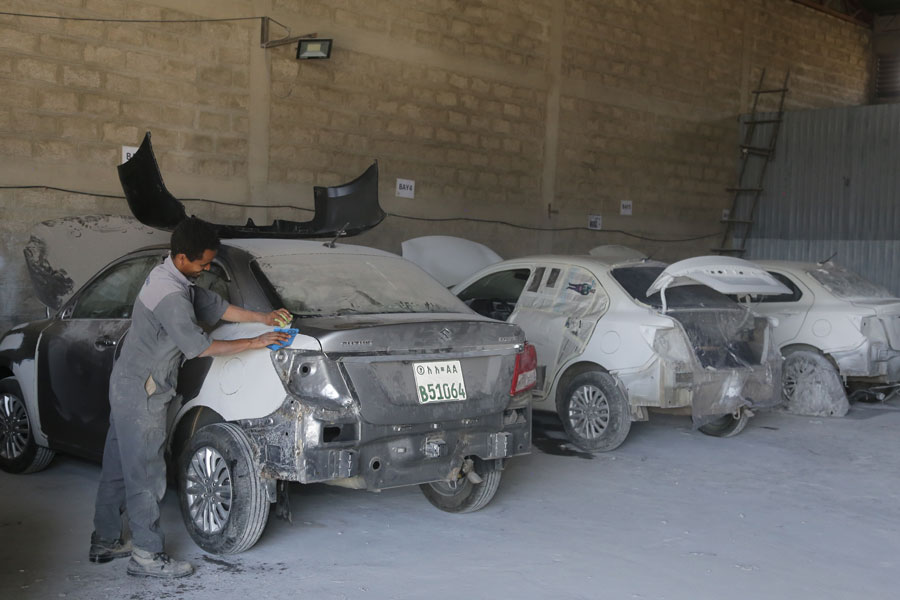
Aug 18 , 2024 . By AKSAH ITALO
Although predictable Yonas Zerihun's job in the ride-hailing service is not immune to...
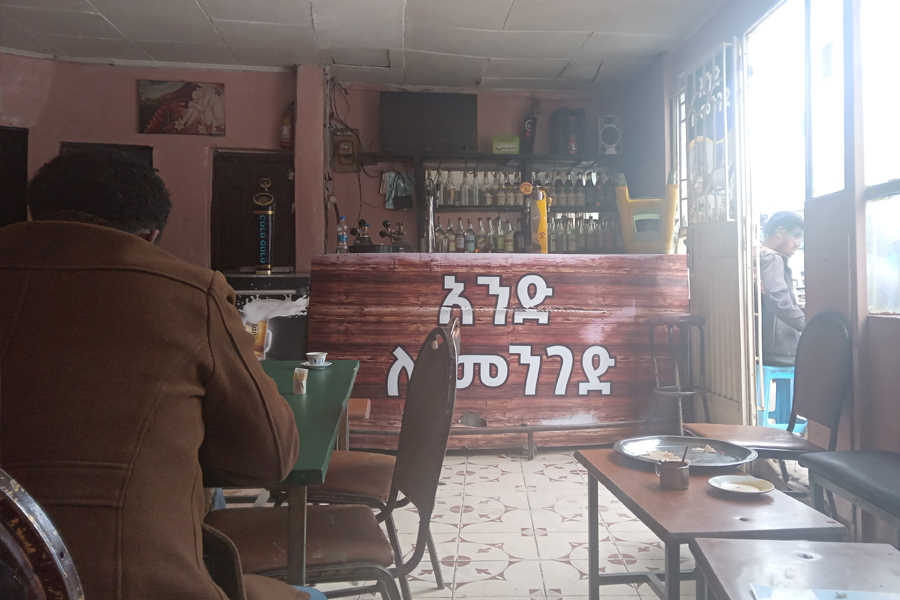
Jul 28 , 2024 . By TIZITA SHEWAFERAW
Unhabitual, perhaps too many, Samuel Gebreyohannes, 38, used to occasionally enjoy a couple of beers at breakfast. However, he recently swit...
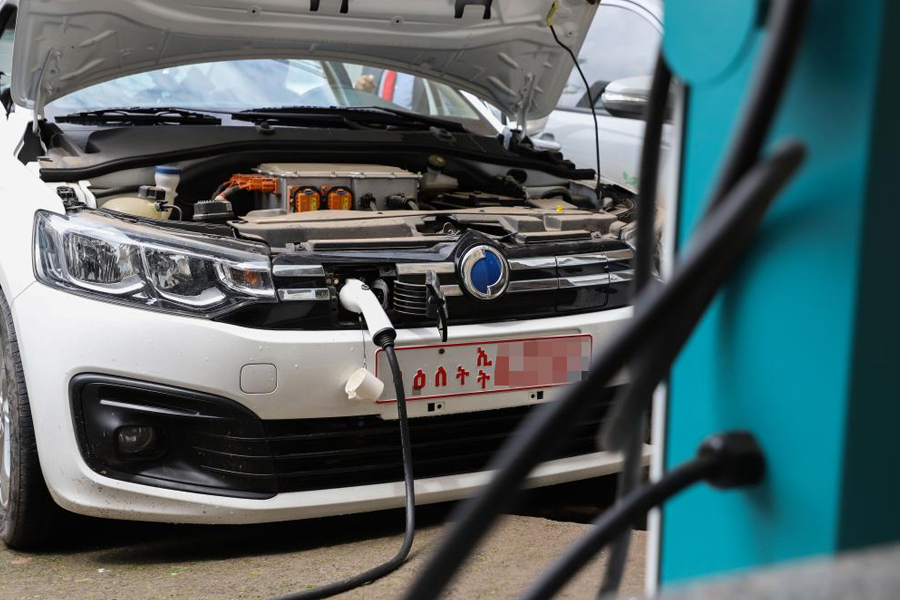
Jul 13 , 2024 . By AKSAH ITALO
Investors who rely on tractors, trucks, and field vehicles for commuting, transporting commodities, and f...
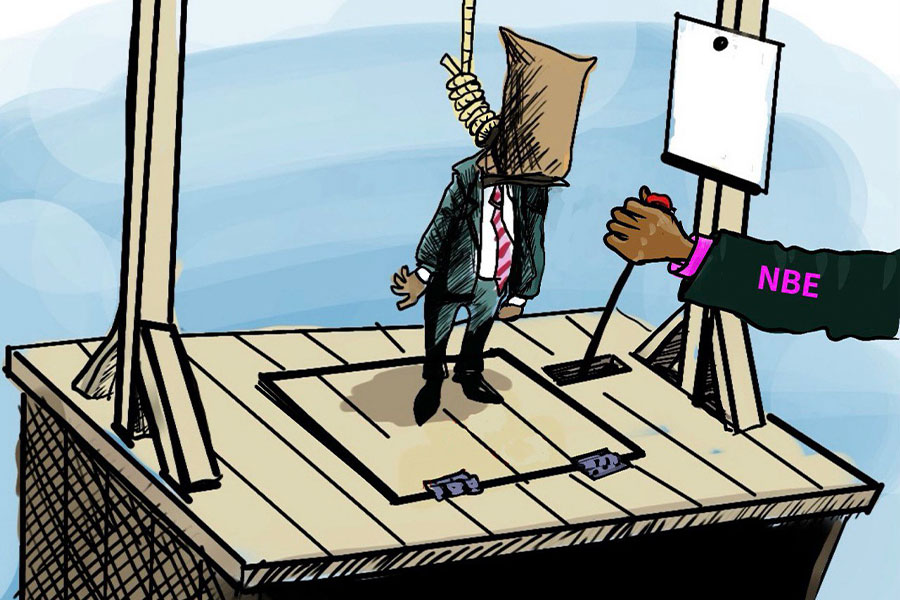
Nov 1 , 2025
The National Bank of Ethiopia (NBE) issued a statement two weeks ago that appeared to...
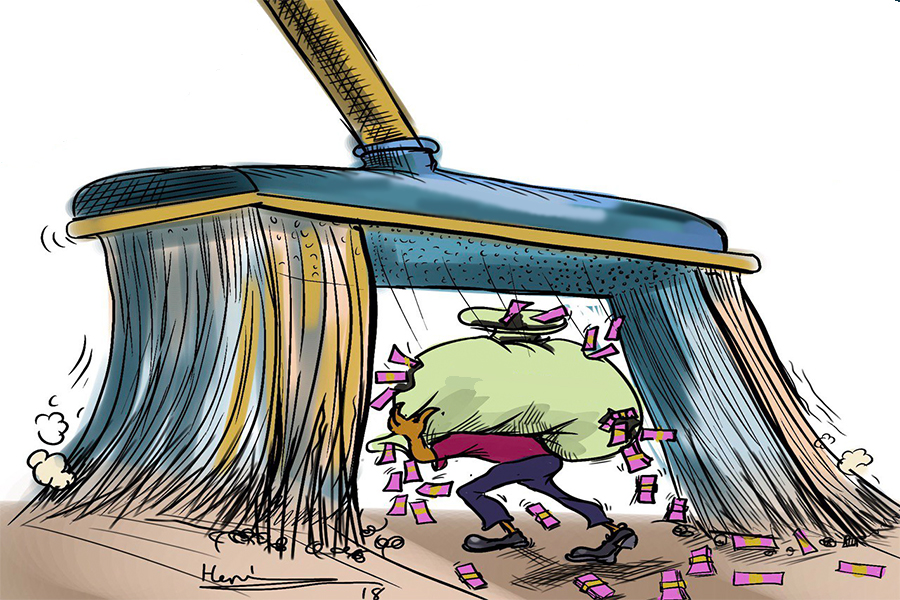
Oct 25 , 2025
The regulatory machinery is on overdrive. In only two years, no fewer than 35 new pro...
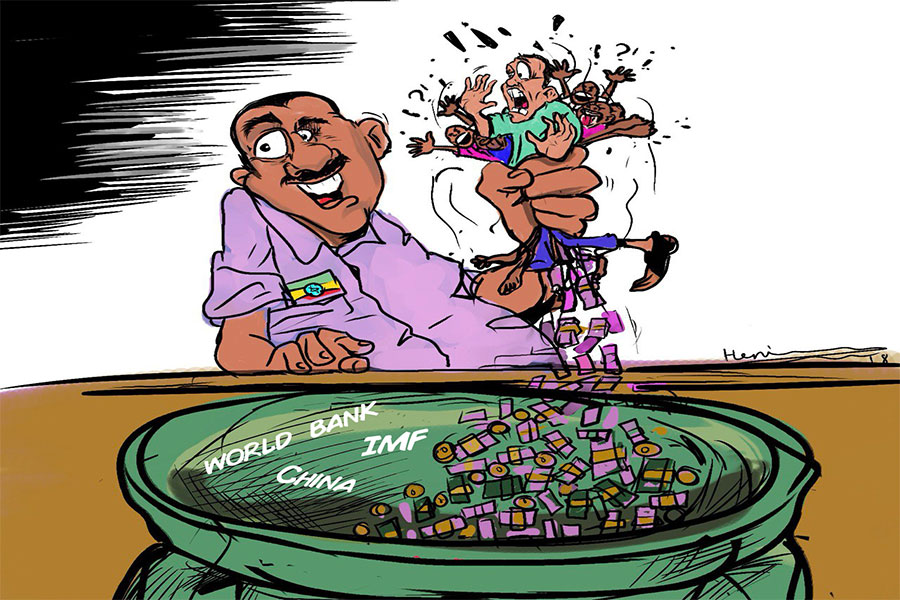
Oct 18 , 2025
The political establishment, notably the ruling party and its top brass, has become p...
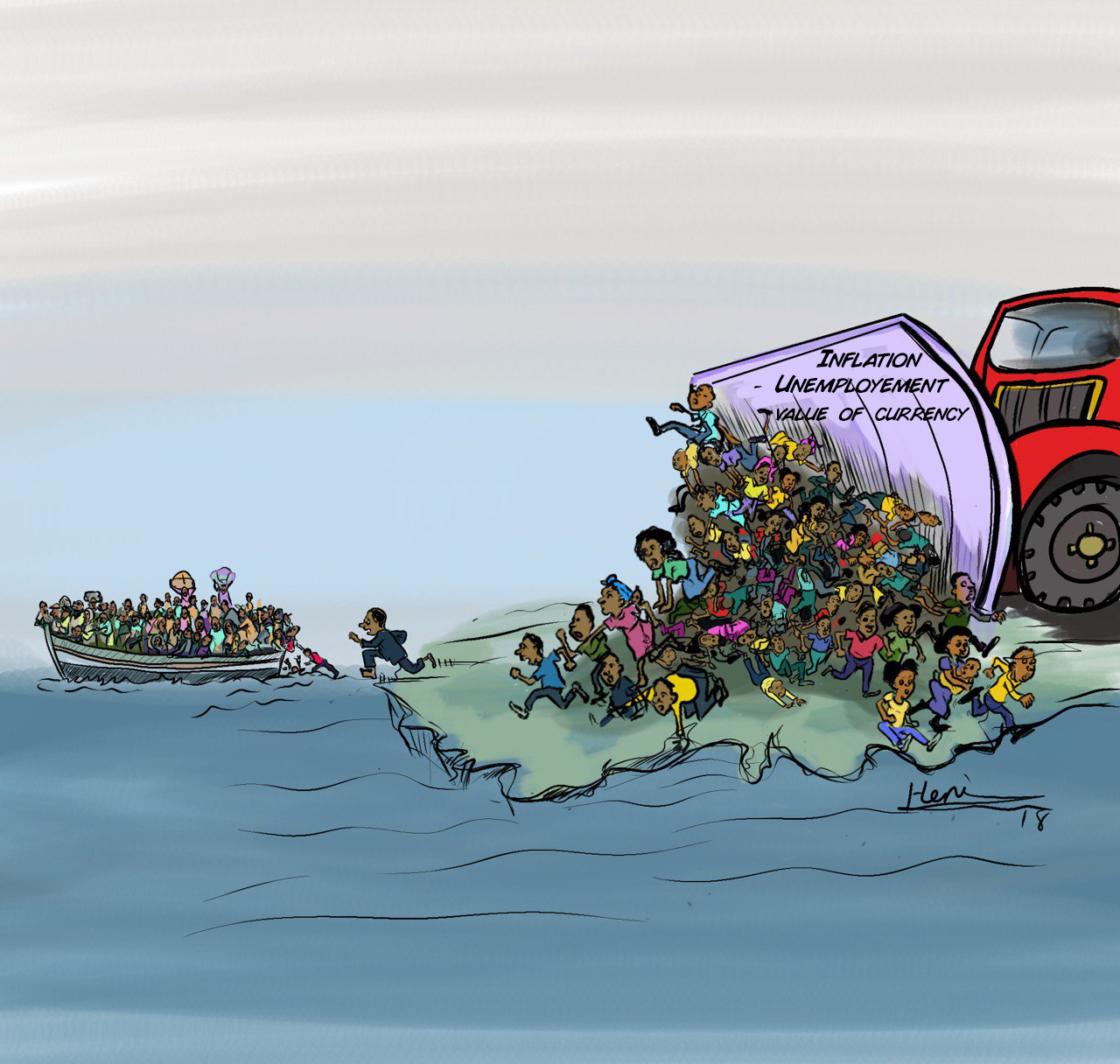
Oct 11 , 2025
Ladislas Farago, a roving Associated Press (AP) correspondent, arrived in Ethiopia in...
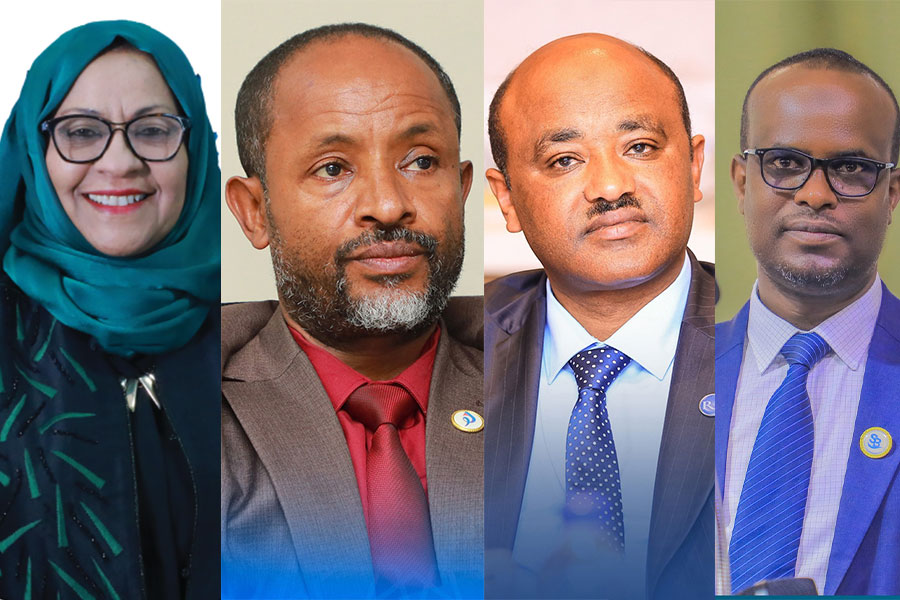
Nov 2 , 2025
The National Bank of Ethiopia (NBE) has scrapped the credit-growth ceiling that had s...
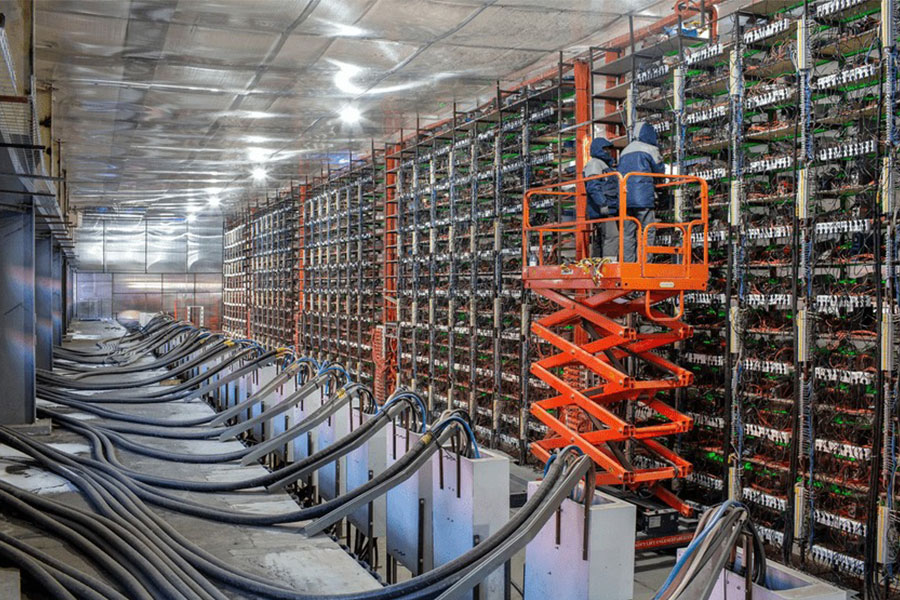
Nov 2 , 2025 . By SURAFEL MULUGETA
The burgeoning data mining industry is struggling with mounting concerns following th...

Nov 2 , 2025 . By YITBAREK GETACHEW
Berhan Bank has chosen a different route in its pursuit of a new headquarters, opting for a transitional building instea...
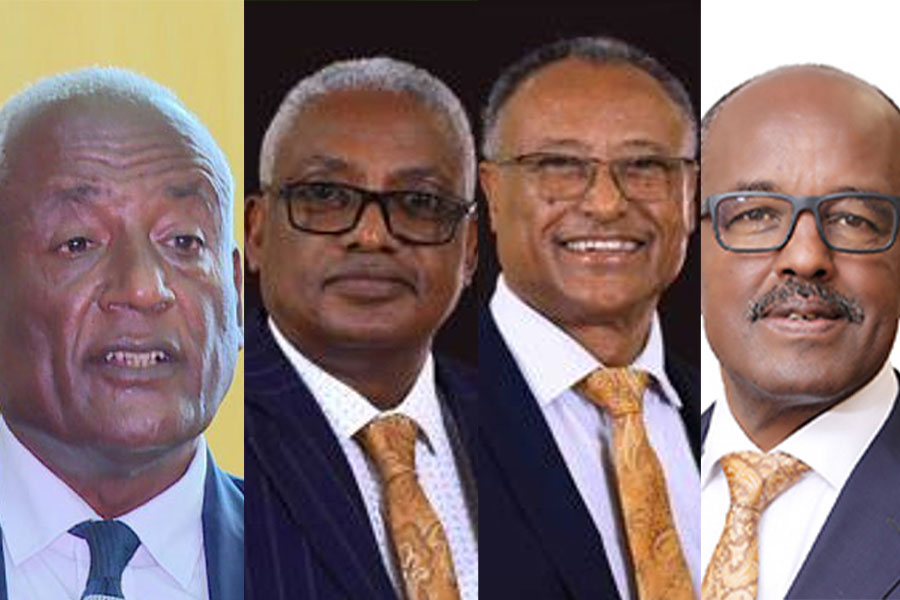
Nov 2 , 2025 . By BEZAWIT HULUAGER
Nib International Bank S.C. has found itself at the epicentre of a severe governance...